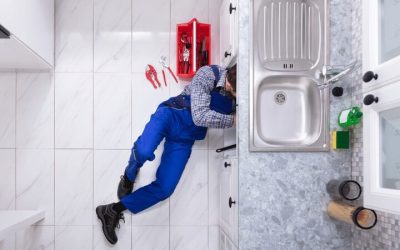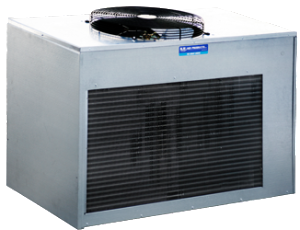Valves are available in different sizes, shapes, and types. As is the case with most products, some prove to be more popular than others are. This is certainly the case with the vacuum check valve. Check valves tend to fall into the ignored if not denigrated category of valves. This is an error on the part of those who truly do not understand, misuse (or even abuse) this highly functional and valuable valve.
The Purpose of Vacuum Check Valves
Plumbers and others install check valves to prevent a reverse flow of fluids, air or gases. These devices are sensitive to the flow of the liquid or gas and respond to it by opening and/or closing. The internal disc vacuum moves the flow forward. This action opens the valve. If at any point, the flow decreases or even begin to reverse, the vacuum check valve closes preventing it flowing back the way it came.
This is the innate and intended purpose of a properly installed and functioning vacuum check valves. Whether they are operating as part of a basement sump pump or any other industrial or residential pump, they do “check” the flow of the material. The designated purpose of properly functioning vacuum check valves is to:
- Eradicate leaks
- Thwart vacuum loss
- Augment the performance of the vacuum system
- Reduce wasting of the power of the system’s pump
- Decrease flow restrictions
- Generate better flow
Choosing the right size and configuration valve for the job ensures it performs its function correctly.
Vacuum Check Valves
Valves are everywhere. They make the flow of fluids and gases easier and more manageable. Some, such as brass ball valves and refrigeration valves are common and popular. Others, however, are not. Unfortunately, this is the case with the less-than popular vacuum check valve. This much-maligned valve deserves better. Without it, maybe a sump and other pump could not perform its function satisfactorily let alone optimally.


